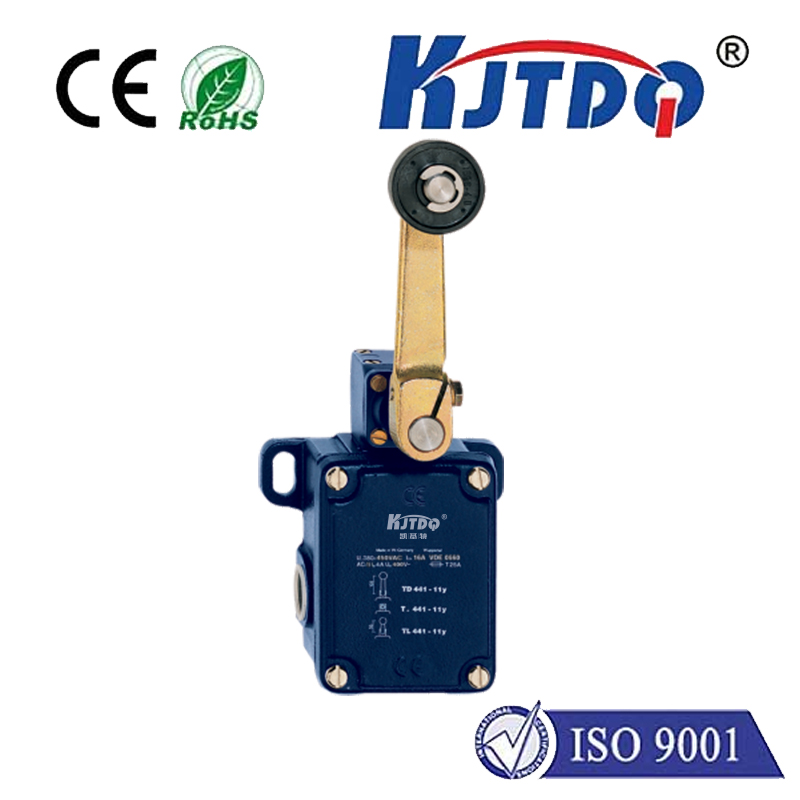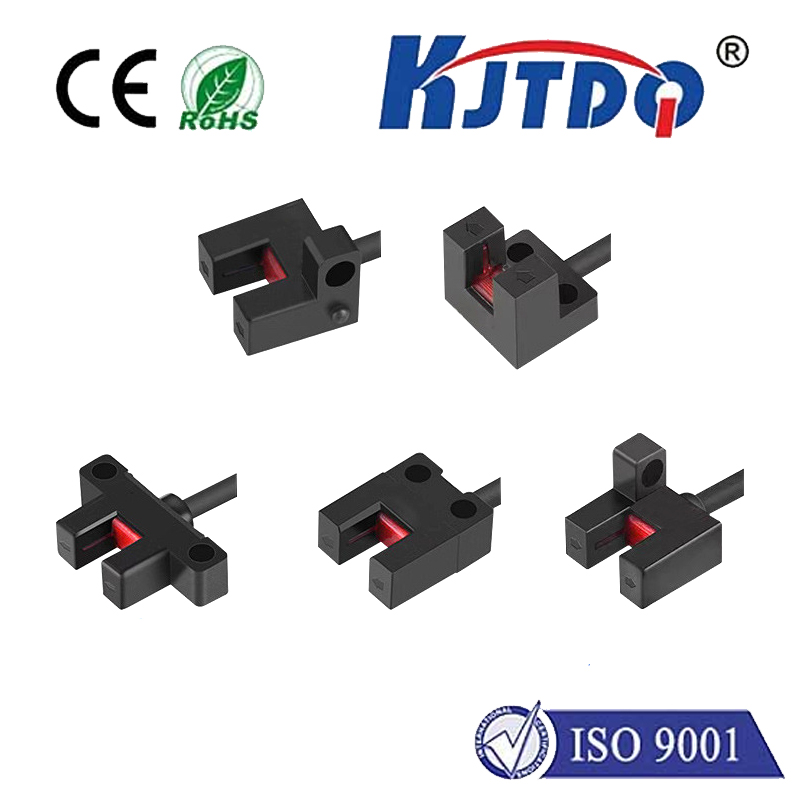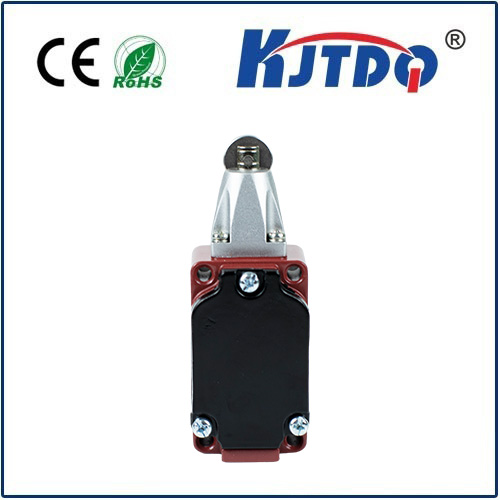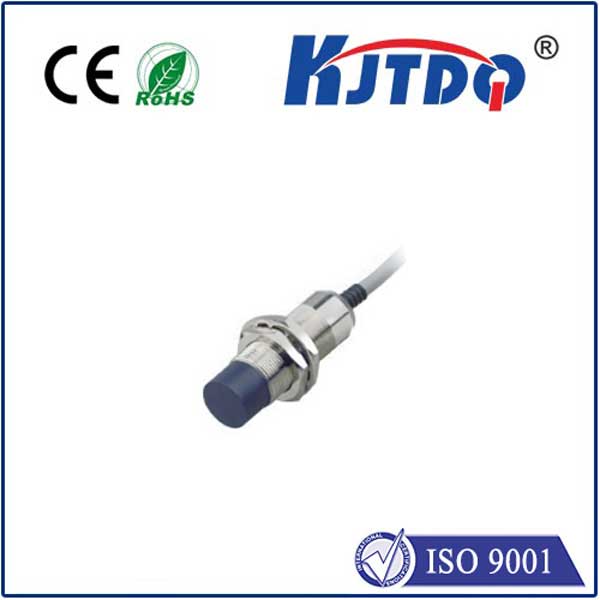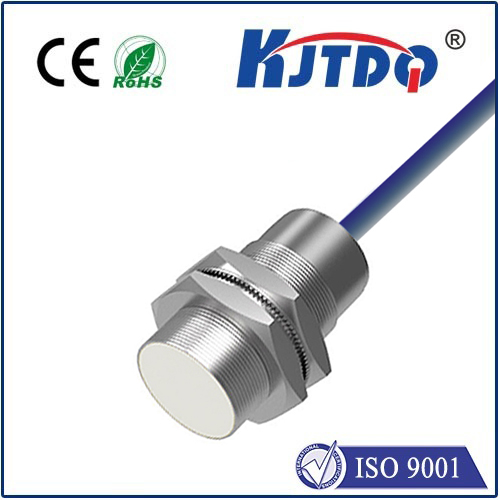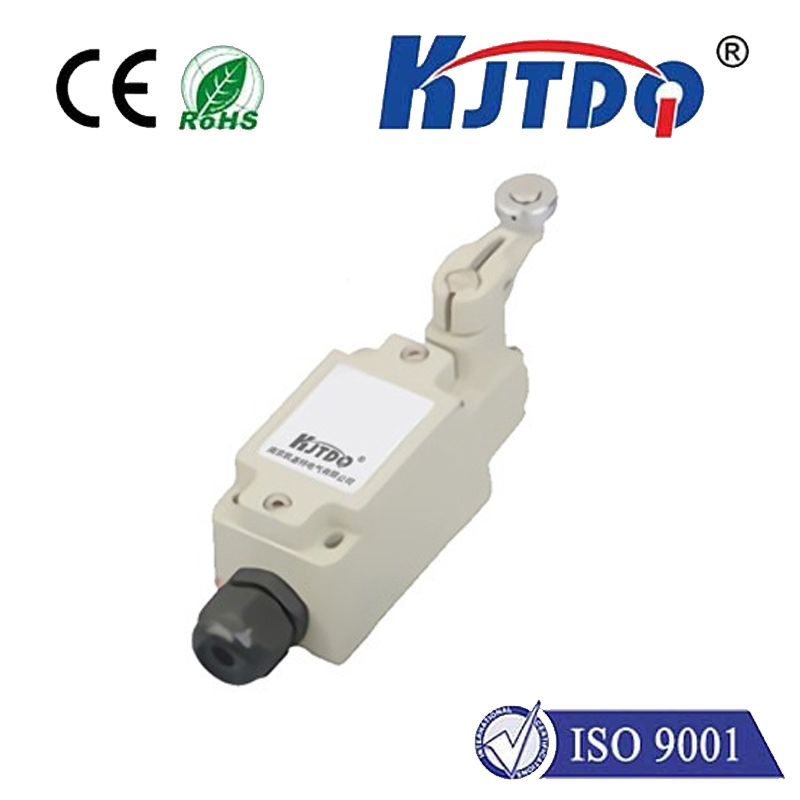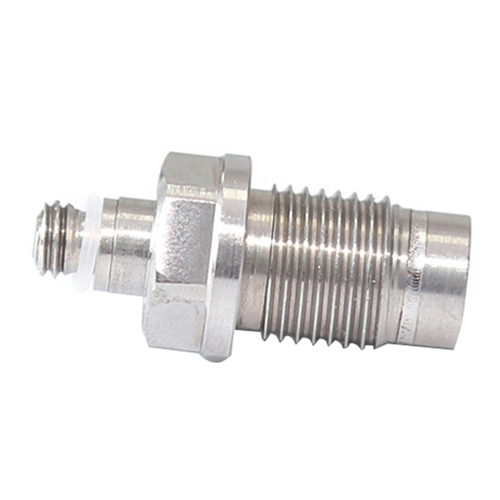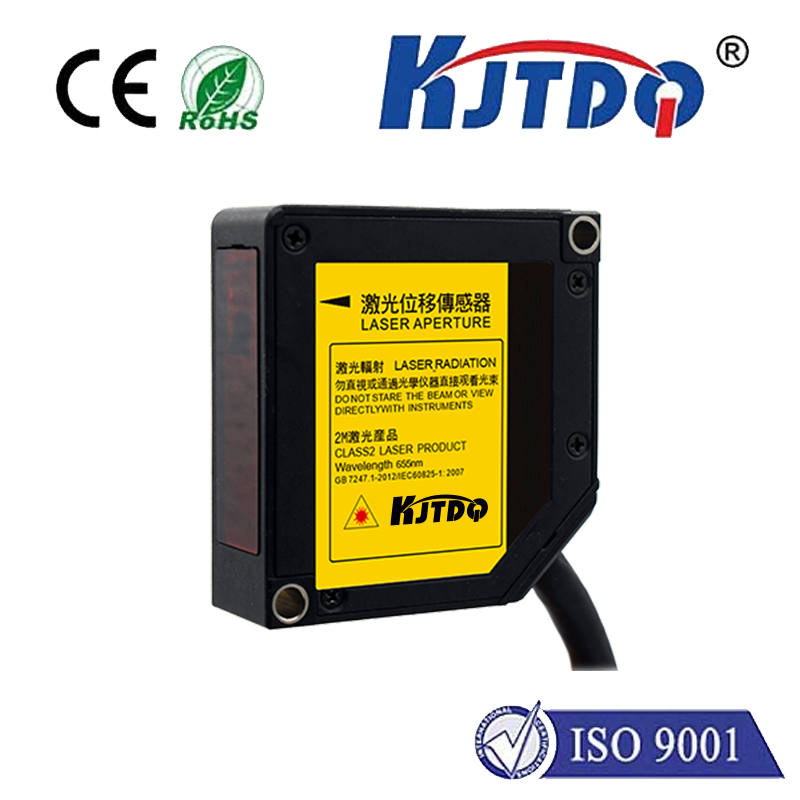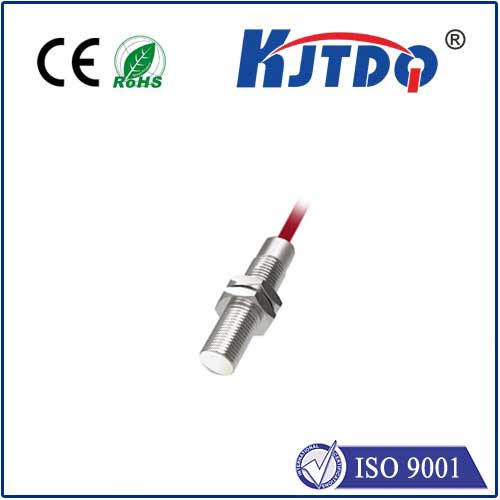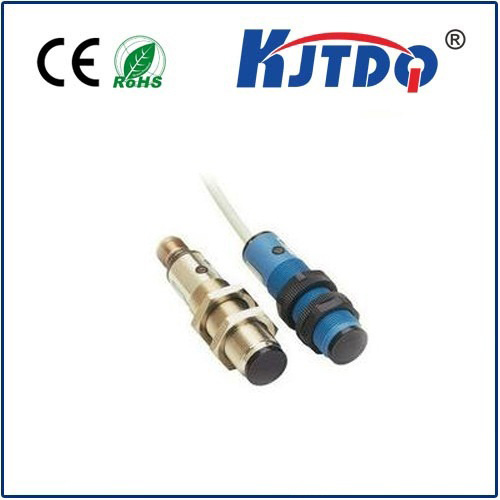

check

check

check

check

check

check

check

check

check

check
Title: Understanding the Vibration Limit Switch: A Key Component in Industrial Machinery
In the world of industrial machinery, ensuring that equipment operates safely and efficiently is paramount. One component that plays a vital role in achieving this is the vibration limit switch. This article delves into the importance of understanding the vibration limit switch and its function within industrial systems.
Firstly, it's important to define what a vibration limit switch is. Simply put, it's an electronic device designed to monitor and control the level of vibration in machinery. When the vibration exceeds a pre-set limit, the switch activates, triggering an alarm or shutting down the system to prevent damage or failure.

The significance of the vibration limit switch lies in its ability to provide early warning signs of potential issues within machinery. Excessive vibration can be a symptom of various problems such as misalignment, imbalance, or loose parts. By detecting these issues early on, maintenance teams can address them promptly, minimizing downtime and extending the lifespan of the equipment.
Furthermore, incorporating vibration limit switches into a machine's design offers peace of mind for operators and maintenance personnel alike. It serves as an automated safeguard against catastrophic failures that could lead to costly repairs or even pose safety hazards. This not only protects the machinery but also ensures the wellbeing of those who work around it.
It's worth noting that different applications may require specific types of vibration limit switches depending on factors like the environment, machine type, and operational standards. For instance, a limit switch designed for use in a high-temperature environment would differ from one intended for standard temperature conditions. Therefore, selecting the appropriate switch for each situation is crucial for effective monitoring and control.
In addition to choosing the correct type of vibration limit switch, proper installation and regular testing are essential for optimal performance. Installation should be done according to manufacturer guidelines to ensure accurate readings and reliable operation. Regular testing helps verify that the switch is functioning correctly and detects any drift in sensitivity over time.
Moreover, integrating data from vibration limit switches into predictive maintenance programs can greatly enhance their value. By analyzing trends in vibration levels over time, maintenance teams can predict when components might fail and schedule repairs before breakdowns occur. This proactive approach can significantly reduce unplanned downtime and associated costs.
In conclusion, the vibration limit switch is a critical component in industrial machinery due to its role in maintaining safe and efficient operation. By providing real-time monitoring of vibration levels, it enables proactive maintenance strategies that prevent unexpected failures and extend the life of equipment. Understanding its importance, selecting the right type for specific applications, ensuring proper installation, and incorporating it into predictive maintenance programs are all key aspects of leveraging the full potential of this essential device.
